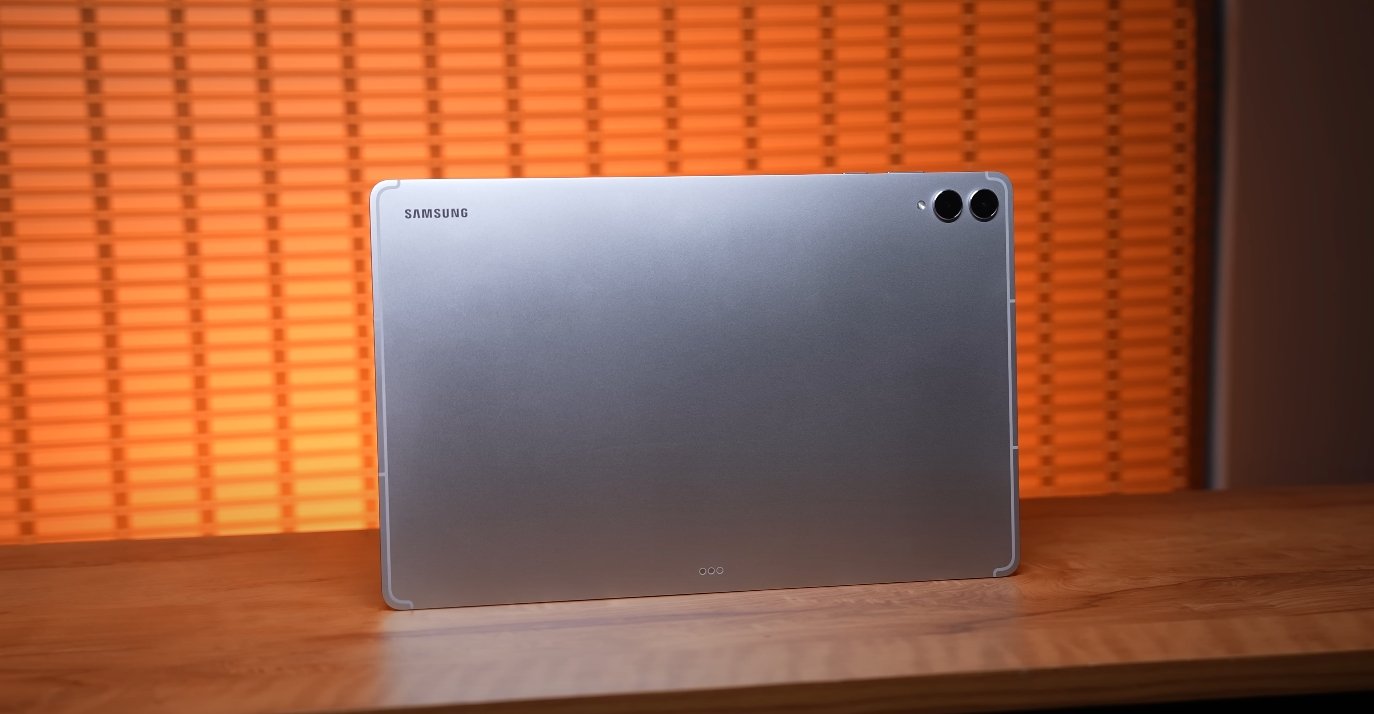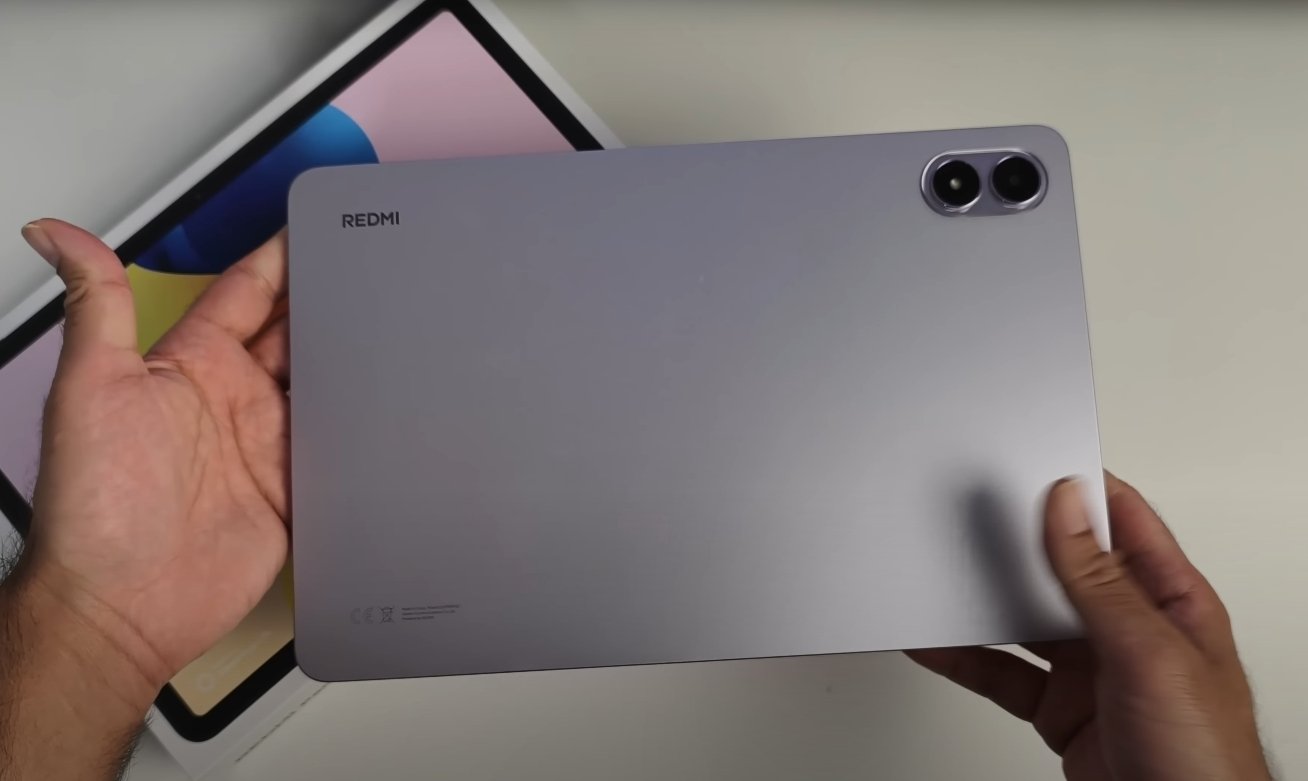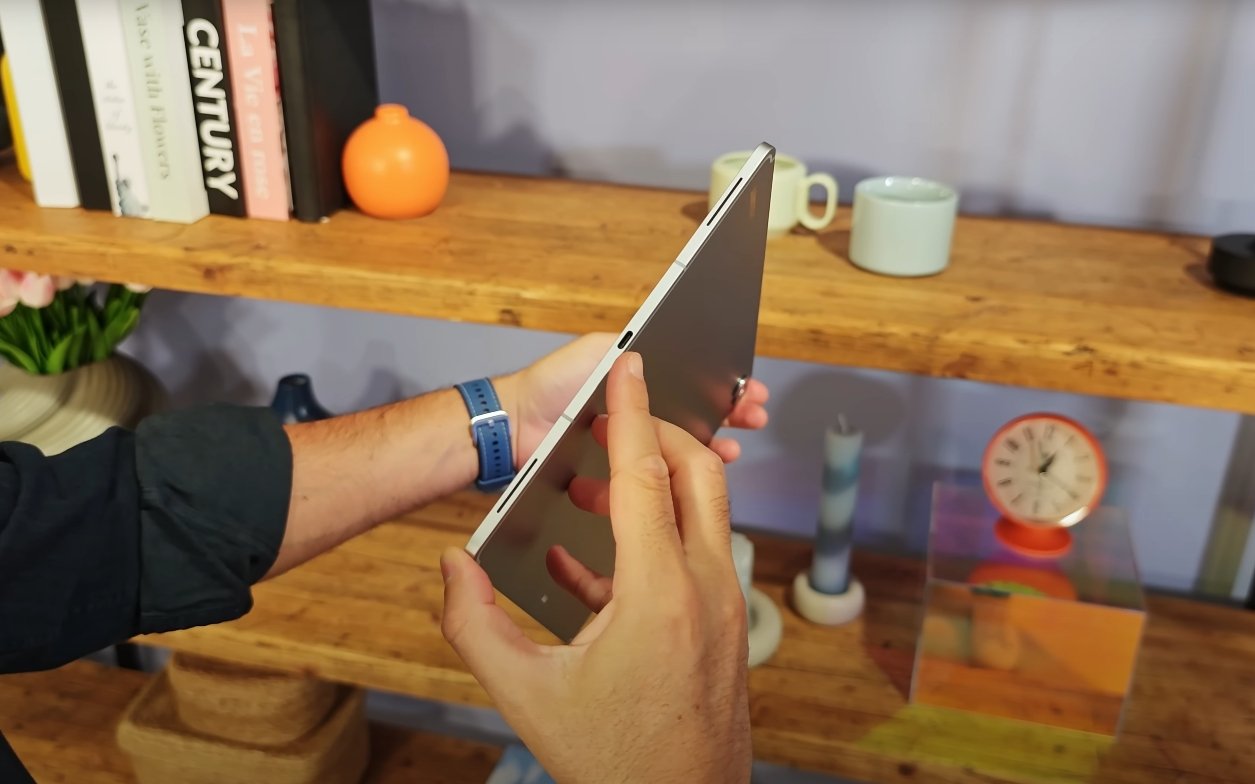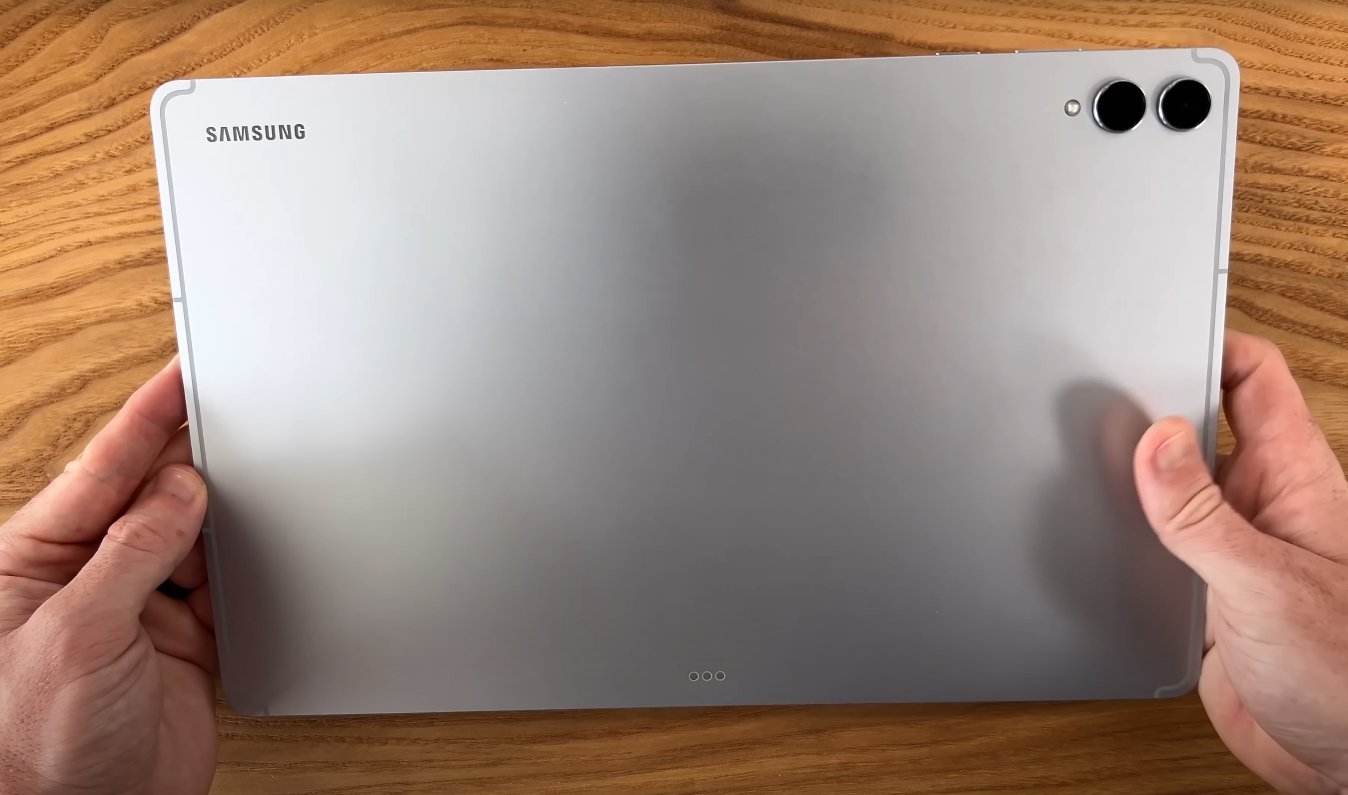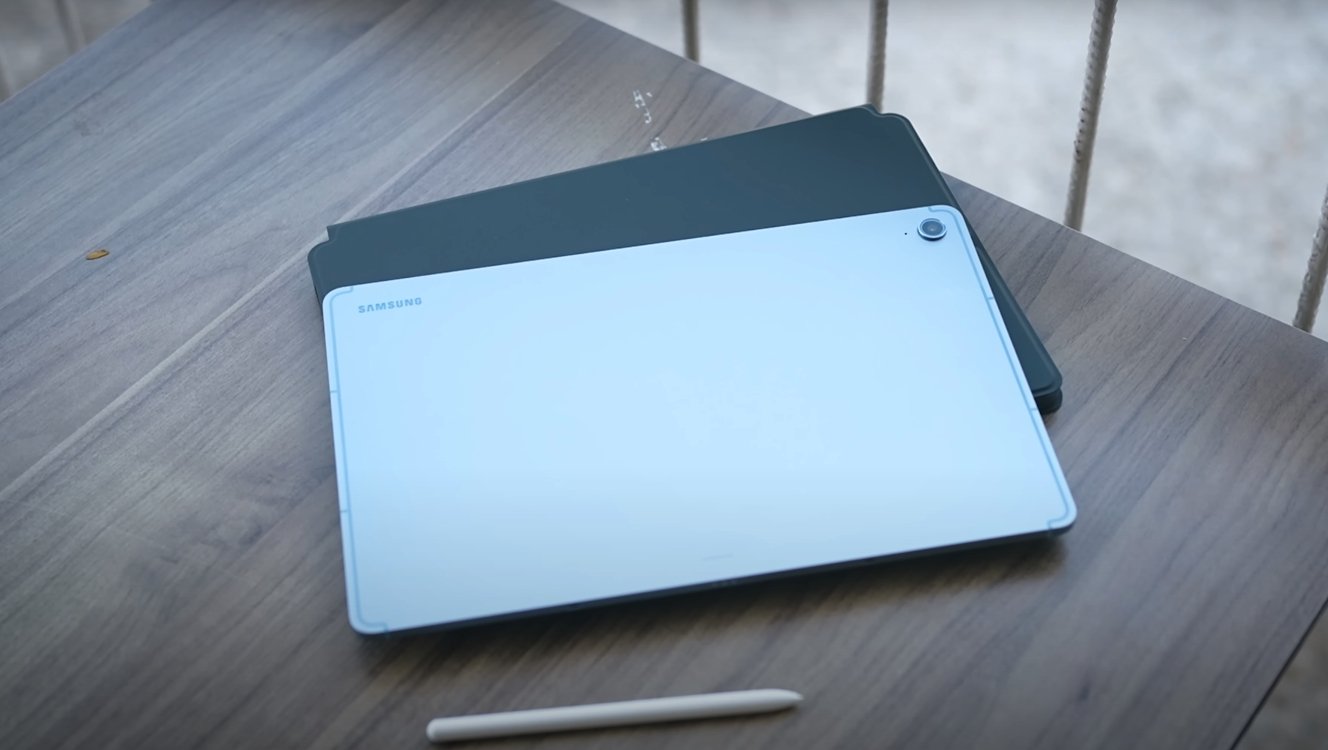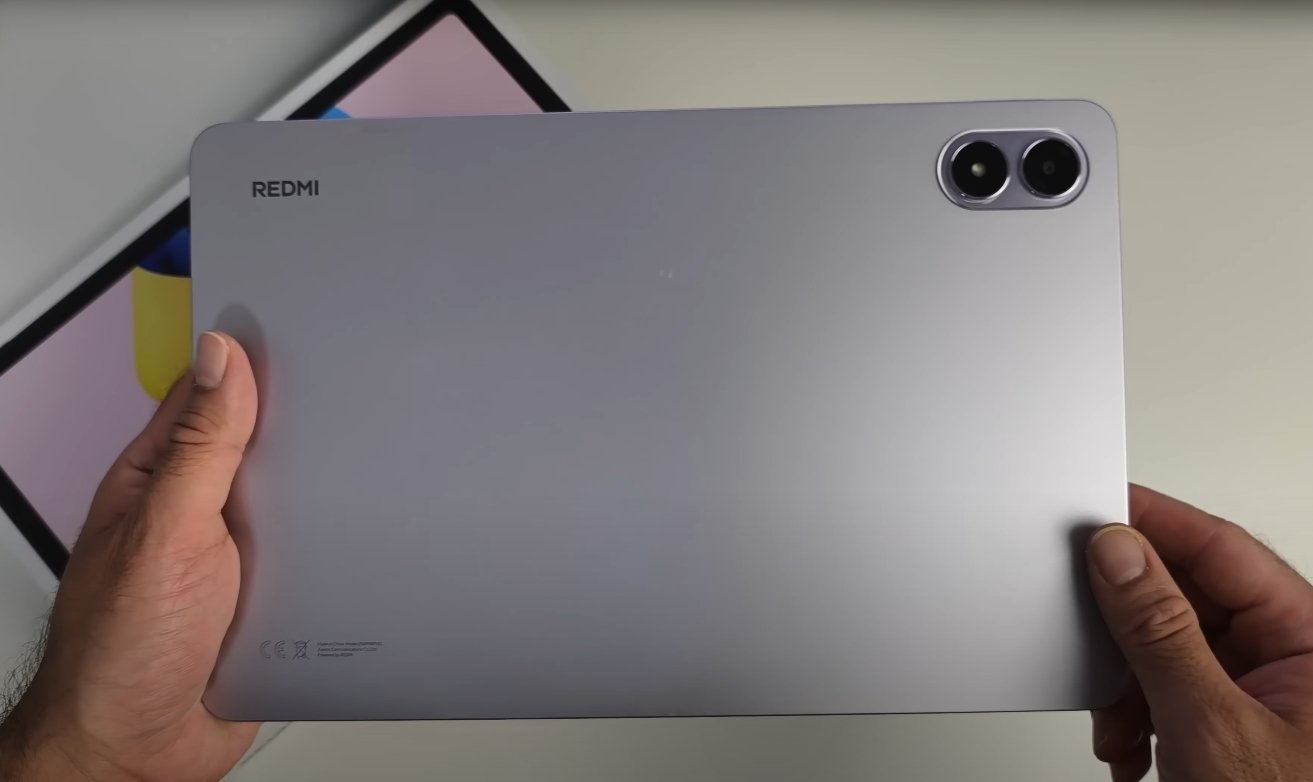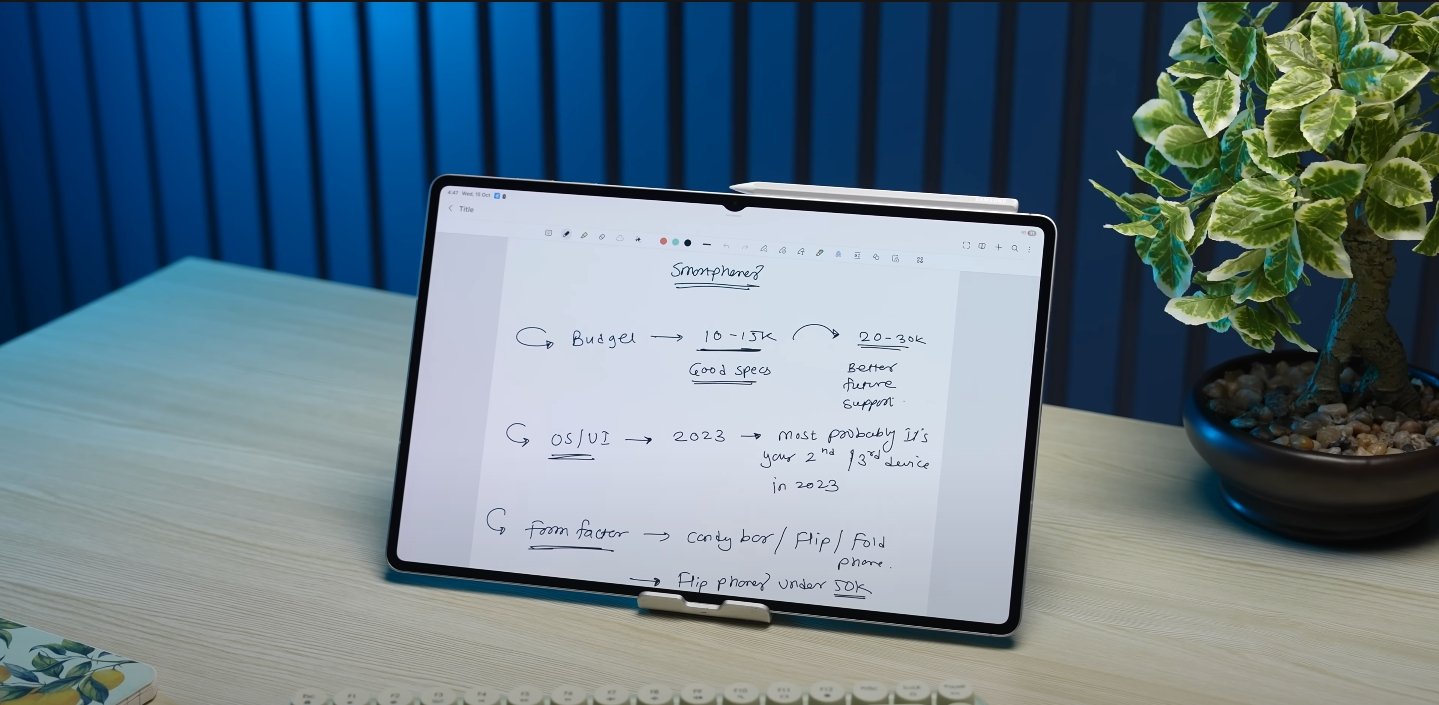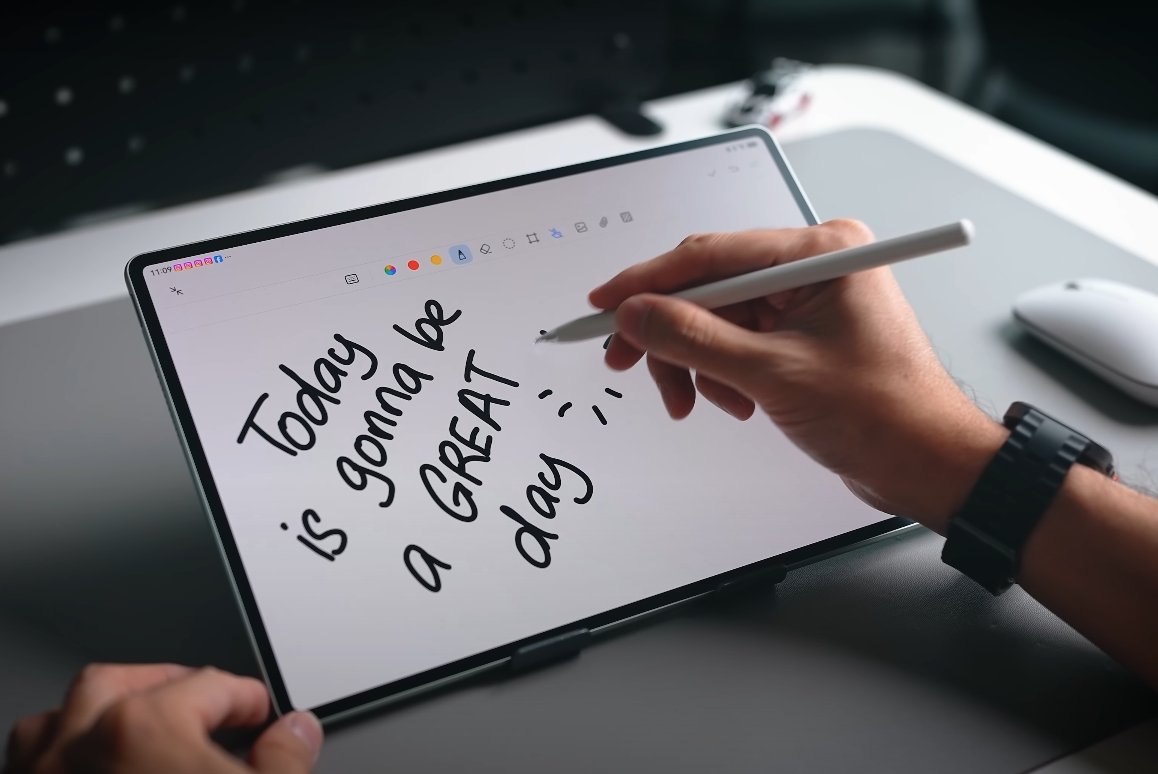A close look at two of the best tablet screens
When it comes to premium tablets, display quality is one of the most important factors for buyers in the United States. The Samsung Galaxy Tab S11 Ultra and the iPad Pro represent two different approaches to creating top-tier screens. Both aim to deliver sharp visuals, vibrant colors, and smooth responsiveness. However, their differences in technology and performance make them unique choices for users with different priorities.
The Samsung Galaxy Tab S11 Ultra features a large 14.6-inch Dynamic AMOLED 2X display with a 120 Hz refresh rate. It offers high peak brightness, making it easy to use in both indoor and outdoor environments. The panel is designed to provide deep blacks and vibrant colors, ensuring that everything from streaming content to graphic design work appears crisp and immersive. Samsung’s display is particularly known for its sharp contrast and clarity, giving it a strong advantage in visual impact and outdoor readability.
Apple’s iPad Pro, on the other hand, uses a tandem OLED Ultra Retina XDR display on its latest models. It is slightly smaller but focuses on perfect color calibration and professional-grade accuracy. The iPad Pro is optimized for tasks that require color precision, such as video editing, photo retouching, and digital illustration. Its display delivers excellent contrast levels, making whites appear pure and blacks inky deep. This color accuracy is one of the key reasons why many professional creators and designers choose the iPad Pro for their daily work.
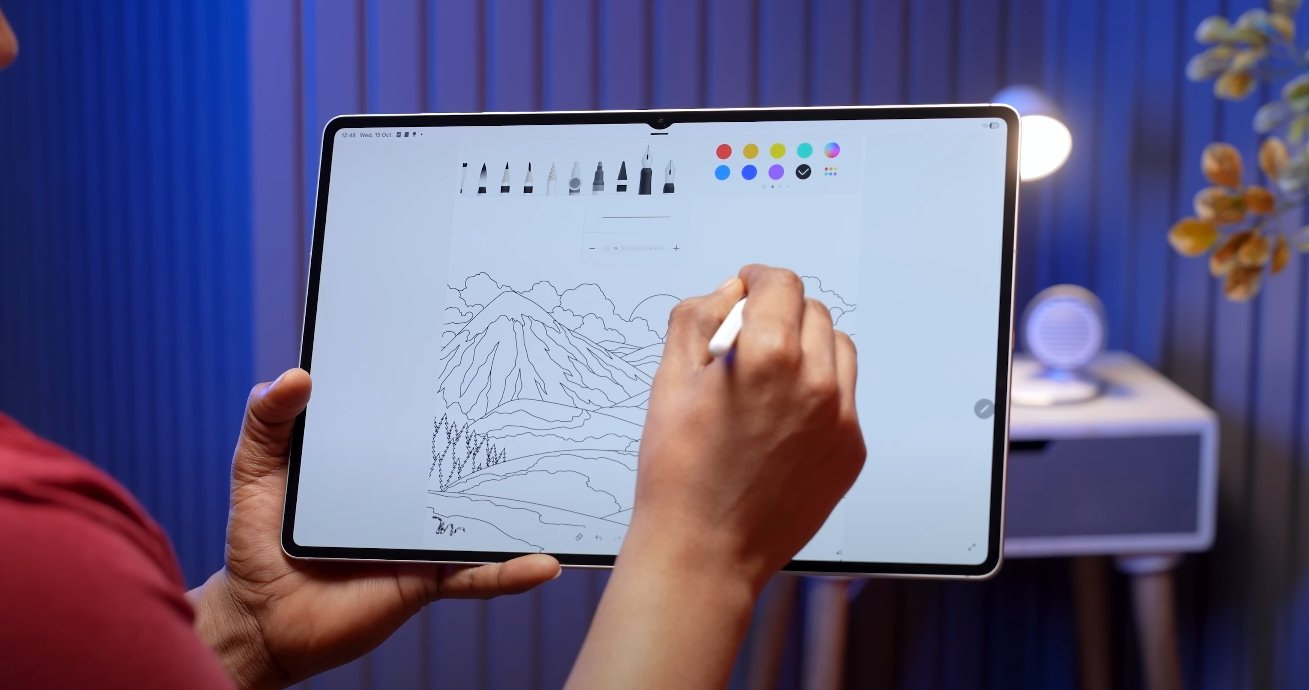
When it comes to refresh rate and responsiveness, both tablets support up to 120 Hz. This ensures smooth scrolling, fluid animations, and responsive pen input. The Galaxy Tab S11 Ultra offers an immersive experience due to its larger canvas, which can be especially useful for multitasking or working with multiple apps side by side. The iPad Pro, while more compact, pairs its display with precise Apple Pencil support, which is widely praised for its low latency and natural feel during creative work.
Another area where the two displays differ is outdoor usability. The Tab S11 Ultra’s high brightness levels give it an edge in bright conditions. Whether reading documents on the go or streaming content outdoors, the display remains clear and vivid. The iPad Pro also performs well in sunlight, with strong brightness and excellent anti-reflective coatings, but the Samsung’s slightly higher peak levels make it stand out for users who need a larger and brighter display in challenging lighting.
Screen size and portability are also important considerations. The Tab S11 Ultra’s large 14.6-inch screen offers a truly cinematic experience for watching movies or working on large projects. This size can be a huge advantage for users who prefer a spacious canvas. However, it also makes the device less portable and more suited for use at a desk or with a stand. The iPad Pro, with its smaller and lighter design, is easier to carry and handle, making it better suited for travel, education, or quick on-the-go work.
For creative professionals, the decision often comes down to how the display fits into their workflow. The iPad Pro’s excellent color calibration and creative app ecosystem make it ideal for artists, designers, and video editors. The Tab S11 Ultra, with its bigger and brighter panel, is more appealing to users who value immersive media experiences, multitasking, or outdoor usability. Both displays offer high resolution, vibrant colors, and smooth refresh rates, ensuring a premium experience either way.
In the end, both the Samsung Galaxy Tab S11 Ultra and the iPad Pro offer some of the best tablet screens on the market. Samsung’s display shines in brightness, size, and immersion, making it a top choice for media consumption and productivity. Apple’s display stands out for its precise color accuracy, professional-grade calibration, and portability. Choosing between them depends on what matters most to the user — a larger, brighter screen or a more portable, color-accurate canvas. Either way, both tablets set a very high standard for display quality in 2025.
Also Read: Xiaomi Pad Mini features Google Gemini AI assistant
